You tell the families that come to your practice that regular routine exams may reveal underlying conditions that can lead to follow-up treatments, even when performed on healthy pets (rightly so, because it’s true).
That means better care for animals and more revenue for your practice.
You talk to your clients about annual wellness checks for their dogs, cats, and other pets. Why? Because every vet knows with certainty that diseases and changes caught early mean they can do more to help maintain the quality and quantity of life in patients.
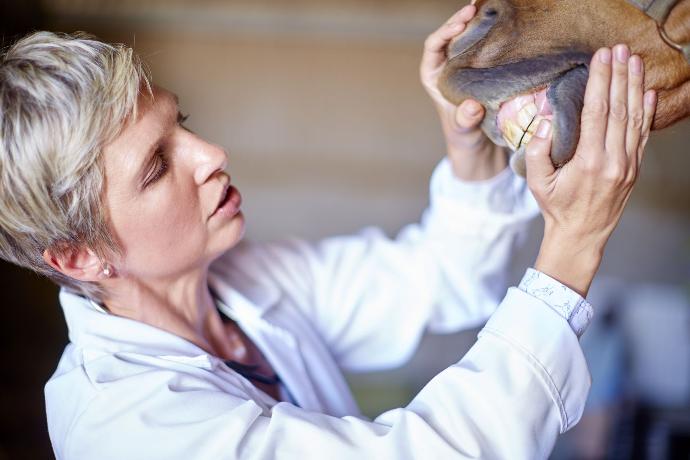
The same thing goes for preventive maintenance on the equipment your clinic relies on to serve those patients and generate that revenue.
We know why it’s hard to invest in preventive maintenance. If your pets are getting preventative care, why not your equipment?
- You don’t want to spend money to discover that there’s nothing wrong with your vet surgical equipment.
- It’s hard to know what’s a fair price, or whether you’re being taken advantage of.
- There are low cost equipment replacement options out there, which might appear acceptable.
But here’s why it’s smart to invest in preventive maintenance for your vet clinic equipment.
- It’s predictable and helps you avoid unexpected expenses, so you can manage your budget more efficiently.
- It works. Across most industries, preventive maintenance reduces annual repair costs by about 25%.
- It allows you to invest in better quality equipment that serves your business and patients better, and has a lower lifetime cost of ownership than budget-priced equipment.
I’m skeptical.
How exactly does preventive maintenance save my practice money?
We get it. We’re skeptical about lots of things too. Like cats. They’re not so innocent. They know they’re starting trouble when they knock our glasses off the bedside table at 2 am. Or when they stick their paws in our fresh glass of water.
But preventive maintenance is a smart allocation of budget for at least these 4 reasons.
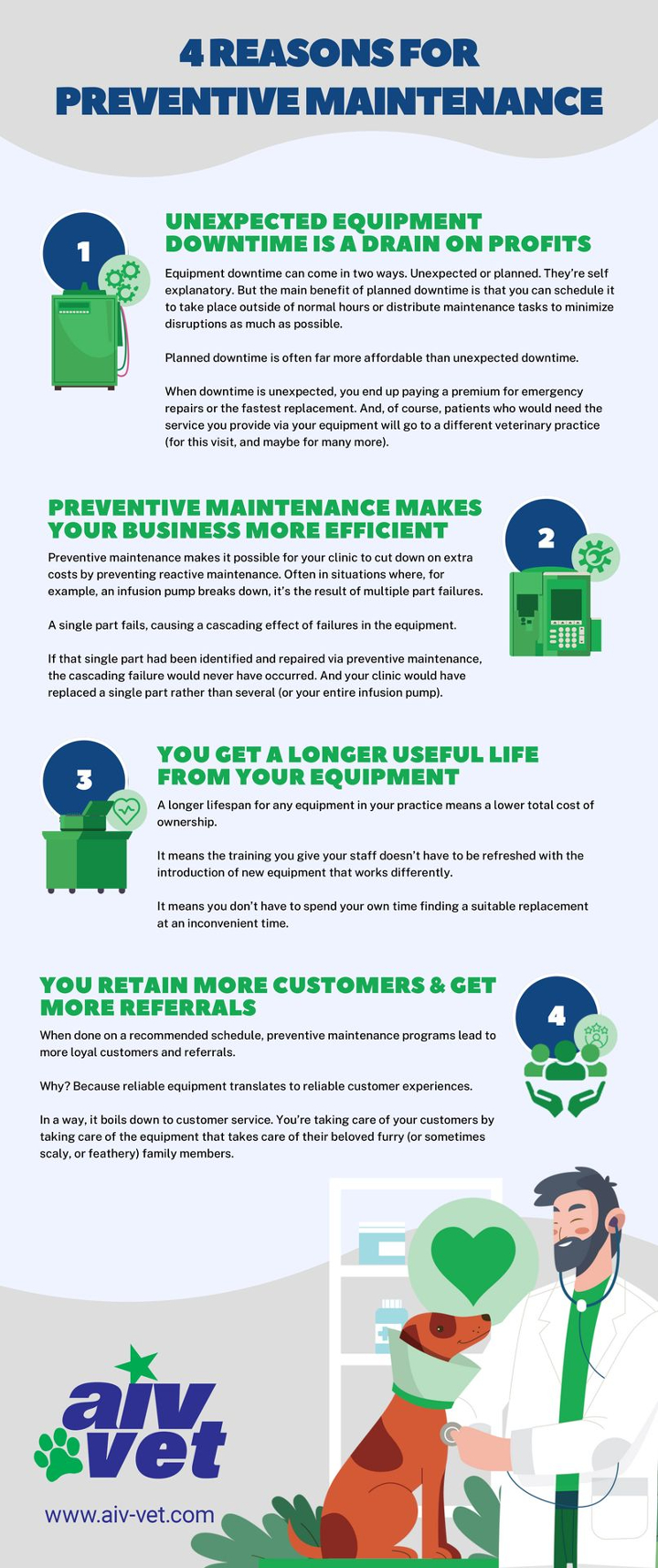
How AIV Vet Supports Preventative Maintenance
How can we work together to keep your infusion pumps running safely, efficiently, and predictably?
Through a combination of preventive maintenance from AIV-Vet and your own in-house care, the lifetime cost of ownership of your infusion pumps can be reduced significantly.
Replace the battery on a regular schedule
The rechargeable batteries in your infusion pumps hold a charge less effectively over time. Regularly replacing these batteries will lessen the chances of false error codes and unexpected downtime.
- OEM-supplied battery
Using OEM-sourced replacement batteries ensures you will receive factory-equivalent performance from your pump. - Second-source medical battery supplier
Replacing an existing OEM battery with one from a second-source medical battery supplier can be cost-effective, provided that the replacement battery is rated and constructed for use in specific IV pump models (like everything you get from AIV Vet).
Repair/Restore Broken Pumps
A malfunctioning pump doesn’t necessarily mean it must be discarded.
Many failures happen to parts that can be easily accessed and replaced - a much more frugal option than replacing the entire infusion pump.
- Diagnose and repair in-house
If you have an in-house vet infusion pump expert, consulting them should always be the first step in diagnosing a pump malfunction. The time/cost savings versus outsourcing is significant (obviously). - Send to OEM for service
OEM companies can often carry out a full service or repair on an infusion pump to the same standard and specification the device had when originally purchased. - Outsource repair and/or service to third party
Having a strong relationship with a third-party vendor can be helpful with anything from emergency repairs, loaner pumps, and preventative maintenance. Third parties like AIV Vet often service your equipment long after the OEM terminates support for it. This includes manufacturing parts the OEM no longer supplies. And you get more personal service than from a large manufacturer.
Software upgrades
Software upgrades for infusion pumps are sometimes made available by the manufacturer. During your annual preventive maintenance, we don’t just service your hardware, we make sure that your pumps are equipped with the latest software updates.

Replace casing and exterior
Replacing the exterior parts of a unit not only protects against fluid invasion and other issues, it also presents the pump positively to the patients it is used on. These parts are readily available.
If you do not have an in-house infusion pump export, it may be necessary to send your equipment to the OEM or a third party repair company in order to have parts replaced. While the OEM can accommodate this type of service if the pump is still being supported, it may be at a premium if it is past the warranty period.
A more cost effective option may be to send the infusion pump to a third party repair company, like AIV Vet. We have the ability to use some re-certified used parts as well as new AIV-manufactured replacement parts for many vet infusion pump models.
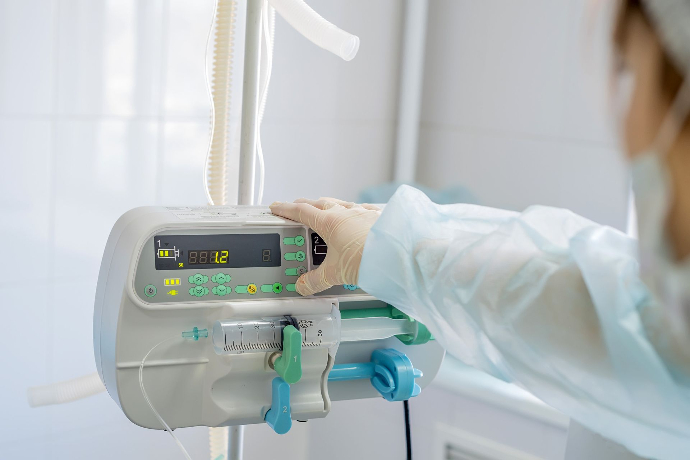
Perform regular service (PMs)
Regular preventive maintenance by an expert can proactively identify and intercept issues that may cause the pump to malfunction.
For example: Have you ever seen a pump with damaged motors or circuit boards? Fluid intrusion is likely to be the cause of this kind of costly downtime. Maybe there was a barely visible hairline fracture on the outer casing, or the door wasn't fully closed?
During your maintenance service, one of our primary tasks is to spot and repair cosmetic damage that could lead to pump malfunction.

Purchase additional models of your preferred equipment
Purchasing several models of the same pump can be a good insurance policy for your practice. Volume pricing is often available on certain models, and the extra pumps can be used as substitute floor units, or for low-cost replacement parts.
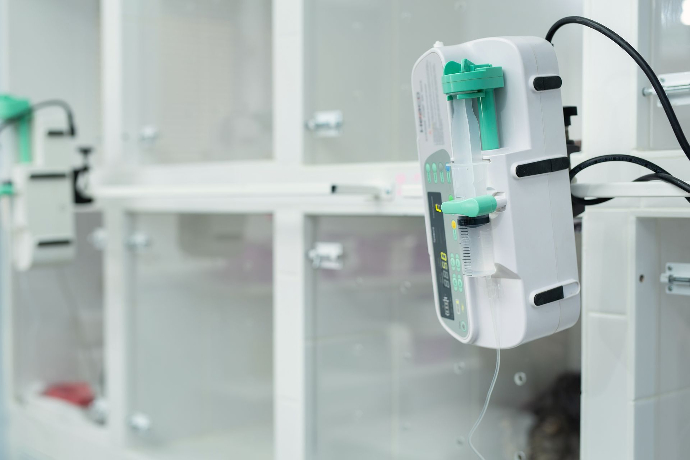
Maintain and clean power cables and adapters
We all know how much cats love to chew cords. And you don’t always have a close eye on your feline patients. Make it a daily routine in your practice to check all electrical cords and adaptors are clean and damage-free.
Faulty wiring can cause damage to the pump, as well as being unsafe for staff and patients. Early detection of cable issues may enable the repair instead of replacement of the part.
- Replace Faulty Power Cords and Adapters
Cables should be replaced immediately once faults are discovered. We stock replacement power cords and ac adapters.
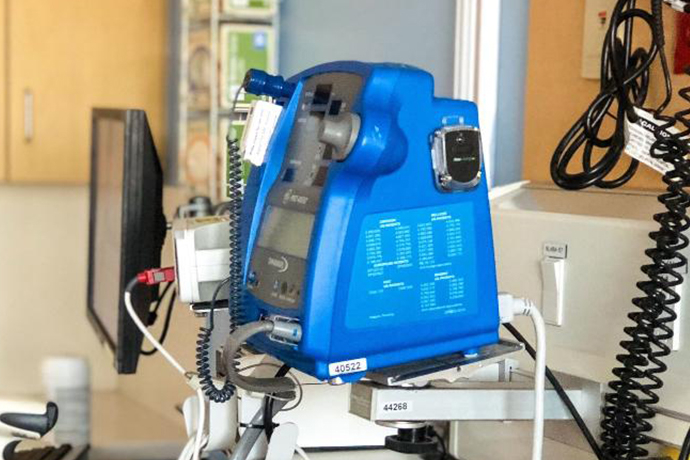
Attend promptly to warnings and nuisance alarms
Prompt attention to warnings and alarms will ensure your pump is calibrated correctly and operating properly.
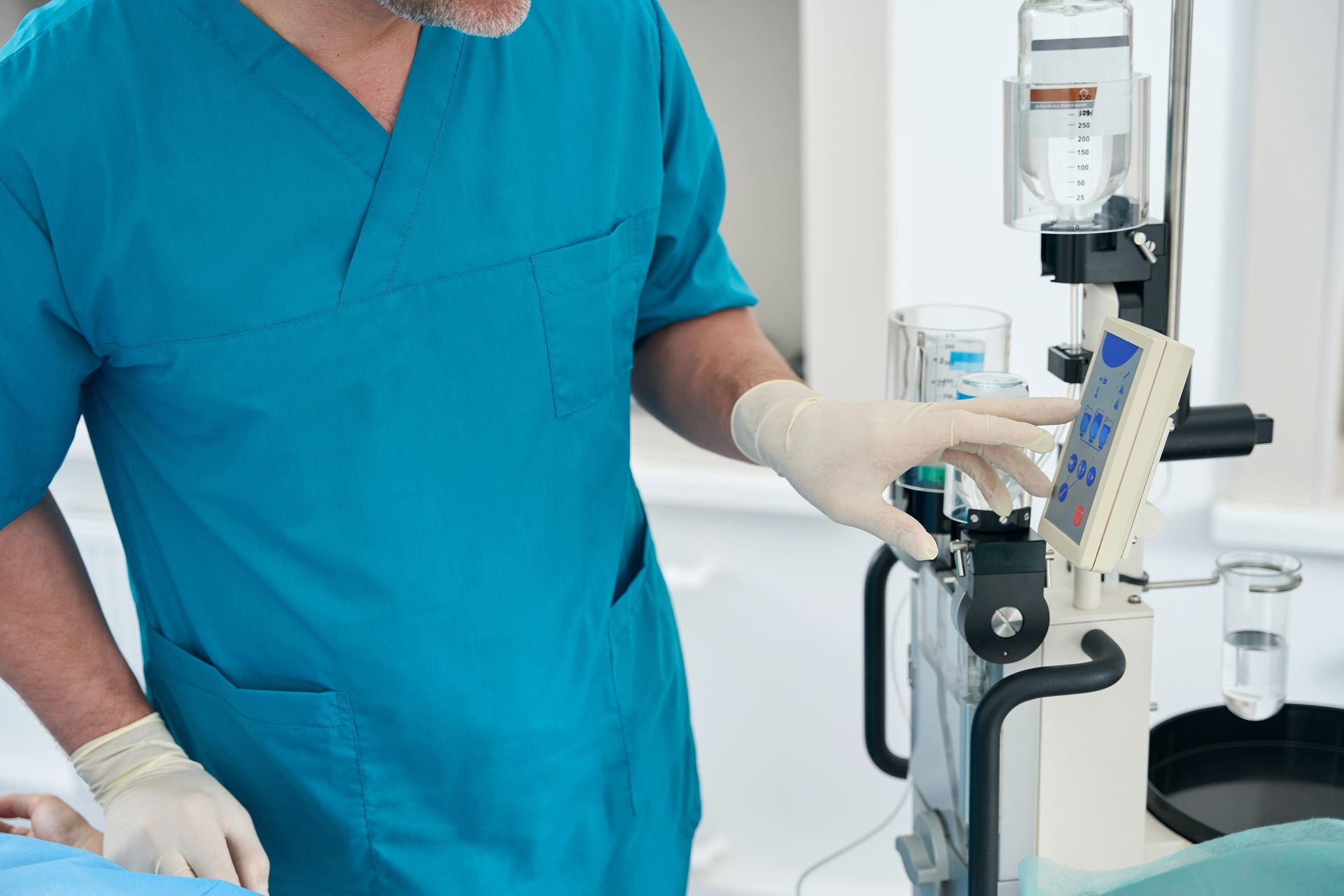
- Re-calibrate and replace parts as necessary
Parts that may require attention include pressure sensors, air detectors, size sensors, and safety clamp circuits. - Re-certified used parts
This is a cost-effective option compared to buying new parts, and sometimes the only option for older pumps. Used parts should be tested and certified to guarantee their performance. - New replacement parts
We manufacture many new replacement parts for older vet infusion pump models, so you can replace parts and avoid the cost of a replacement pump for much longer. In fact, we even manufacture replacement parts for other brands to use in their new equipment.
Let’s build a preventive maintenance schedule together and save your clinic money
Your infusion pumps are unique and won’t get the same maintenance as a different brand or a different year model.
Give us a call today for a casual chat about your infusion pumps. Find out how to keep your cost of ownership low.
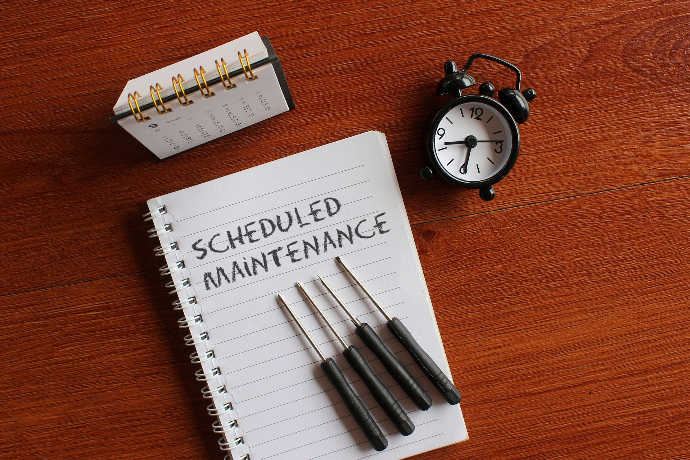
When your competitors’ infusion pumps fail and their patients drive a few blocks further to see you, you can turn them into your patients with one good, consistent, reliable experience. Make sure your equipment is up to the task.